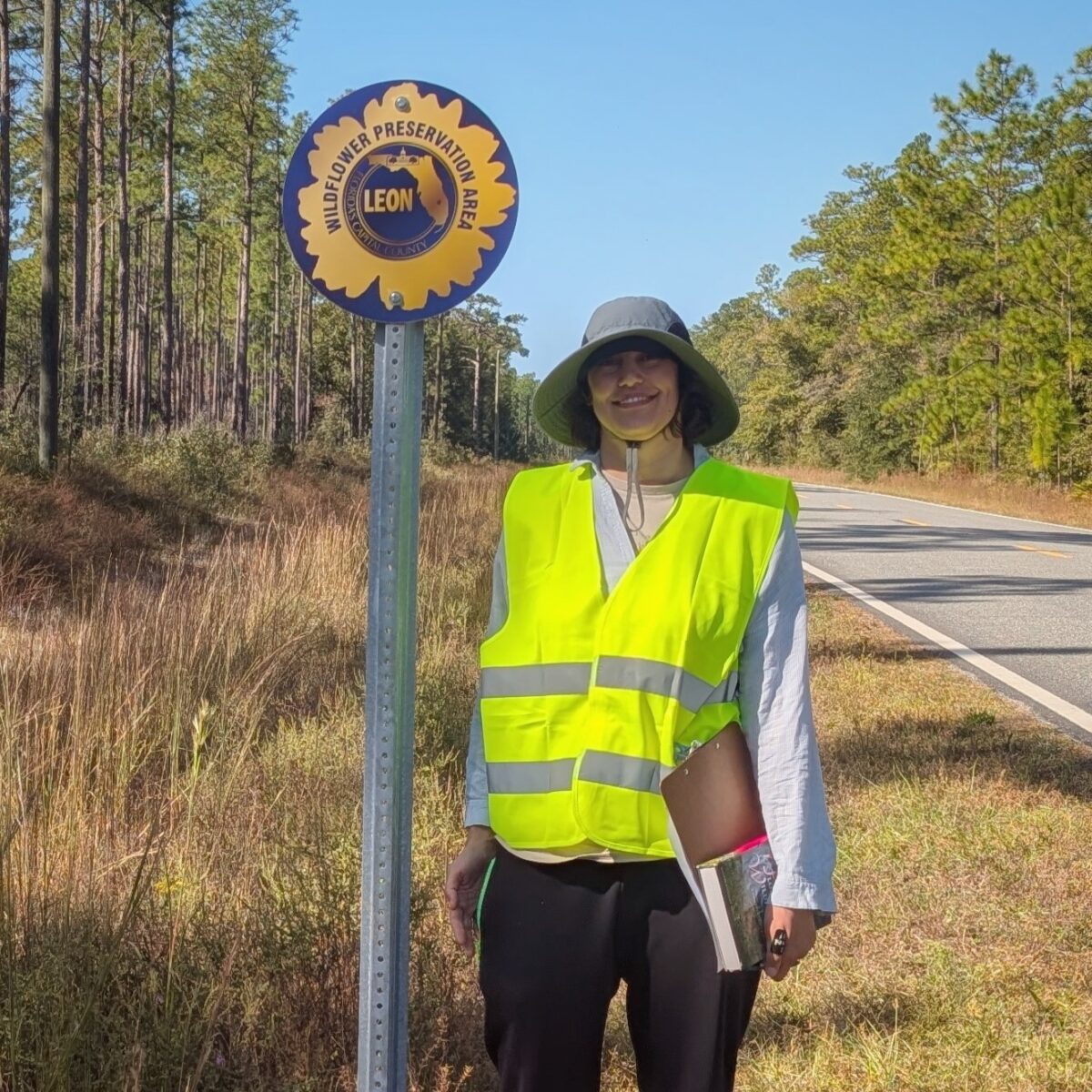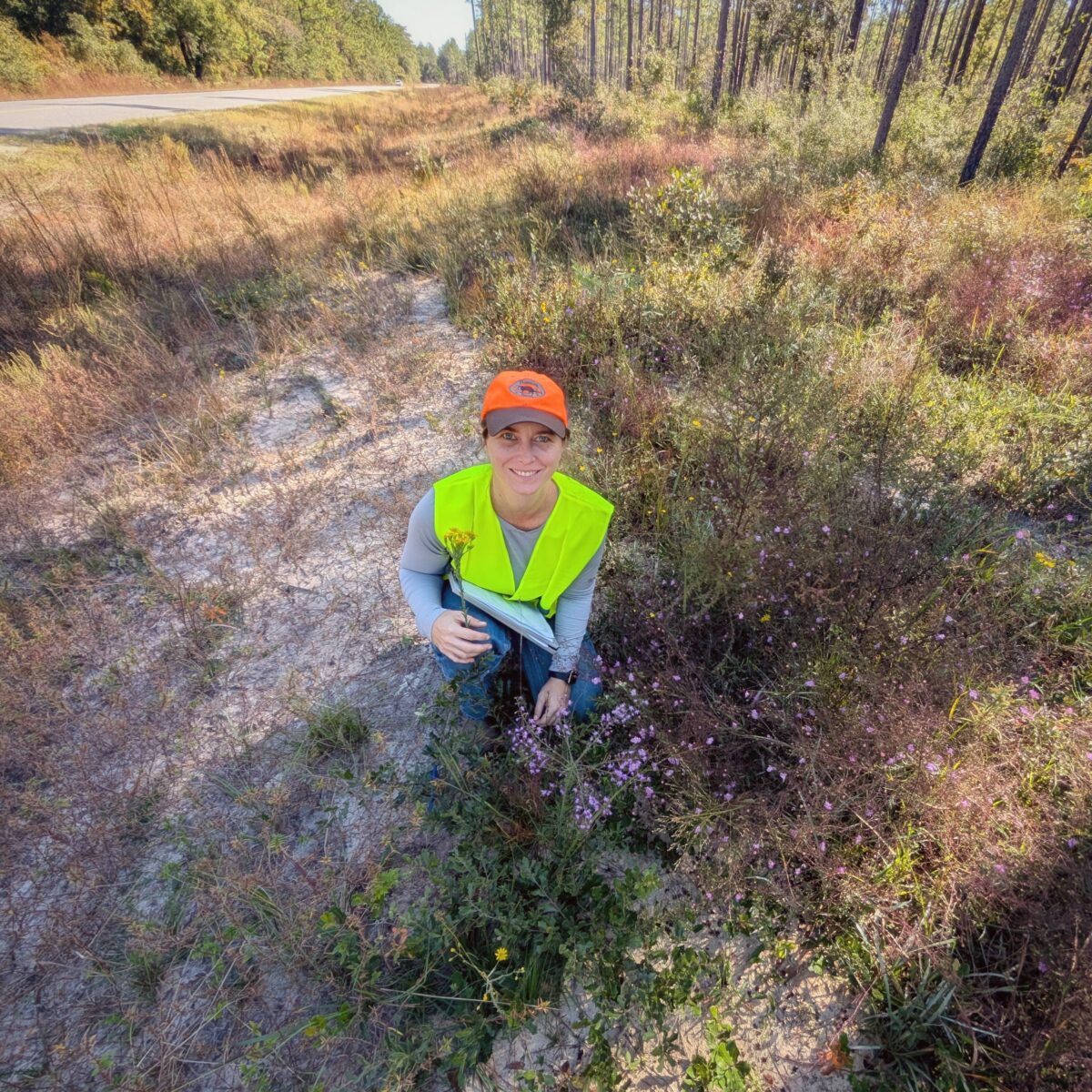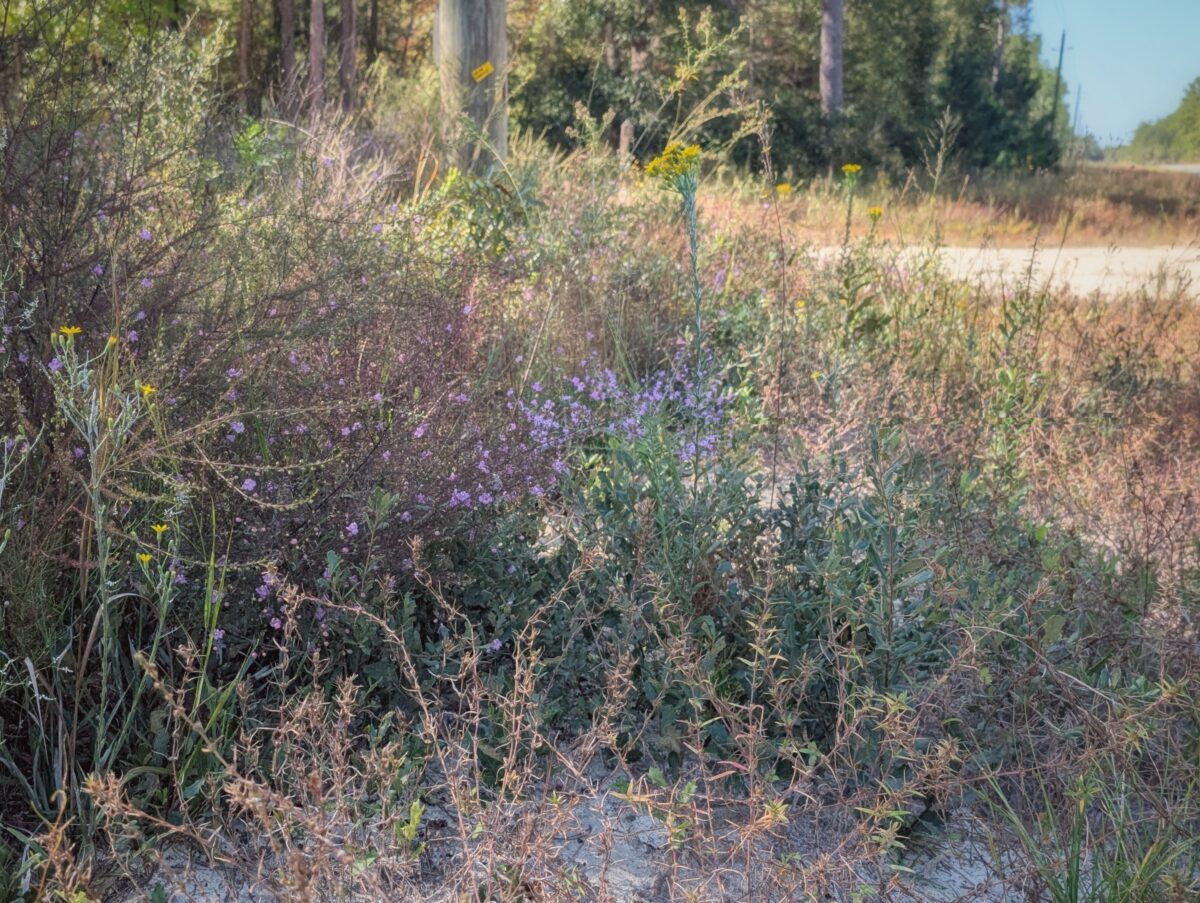Leon County Expands Roadside Wildflower Program
In 2010, Leon County became a pioneer in Florida by adopting a wildflower resolution. This commitment led to the creation of a wildflower pilot program and a reduced mowing policy in areas with native wildflowers. Following the resolution, several roadsides were included in the initiative.
Fast forward to 2023, when the county’s public works team expressed interest in revitalizing and expanding the program. They partnered with the Florida Wildflower Foundation to conduct surveys in spring, summer and fall of that year.


During the first survey, the team evaluated all county-maintained roads outside the urban core to identify potential wildflower sites. Eligible sites needed to have naturally occurring wildflowers, a right-of-way wide enough for a mowed safety strip and wildflower habitat, minimal invasive species, and limited nearby businesses or residential driveways. The survey highlighted that the best sites were in the southwest part of the county, so the focus shifted to that area.
Three roads in the southwest — Geddie Road, Helen Guard Station Road, and Smith Creek Road — were selected. Geddie Road and Spring Hill Road already had wildflower signage in place. By fall 2024, new signs were installed along Helen Guard Station Road and Smith Creek Road, marking them as part of the expanded program.

Each seasonal survey documented the wildflower species along the roadsides, helping to create customized management plans for each site. Leon County roadsides now host more than 80 species, ranging from the vibrant pink False foxglove (Agalinis spp.) and sunny Goldenrod (Solidago spp.), to understated but vital species like Gopher apple (Geobalanus oblongifolius) and Purple lovegrass (Eragrostis spectabilis).
Managing these roadsides for wildflowers goes beyond aesthetics; it’s crucial for supporting local ecosystems. Wildflower-filled roadsides offer essential habitats for pollinators, which are critical to our food supply — roughly one-third of what we eat relies on pollination. Protecting native pollinators is especially important in Florida, a rapidly developing state.
These roadside wildflower areas also serve as a natural climate solution. Native grasses have deep root systems that capture rainwater, filter runoff, reduce soil erosion, and store carbon. Compared to turfgrass, the biodiversity in wildflower habitats enhances carbon capture by promoting healthy soil microorganisms. Additionally, native flowering plants are more efficient at photosynthesis than non-native grasses, contributing to increased carbon sequestration.
Moreover, reduced mowing along these roadsides saves the county money and decreases emissions from lawnmowers. In fall 2024, the first survey along Smith Creek Road after a year of reduced mowing revealed seven new wildflower species, underscoring the program’s success.
Want to see roadside wildflowers in your county? Click to learn more about our roadside program and how you can become a Wildflower Watcher.
